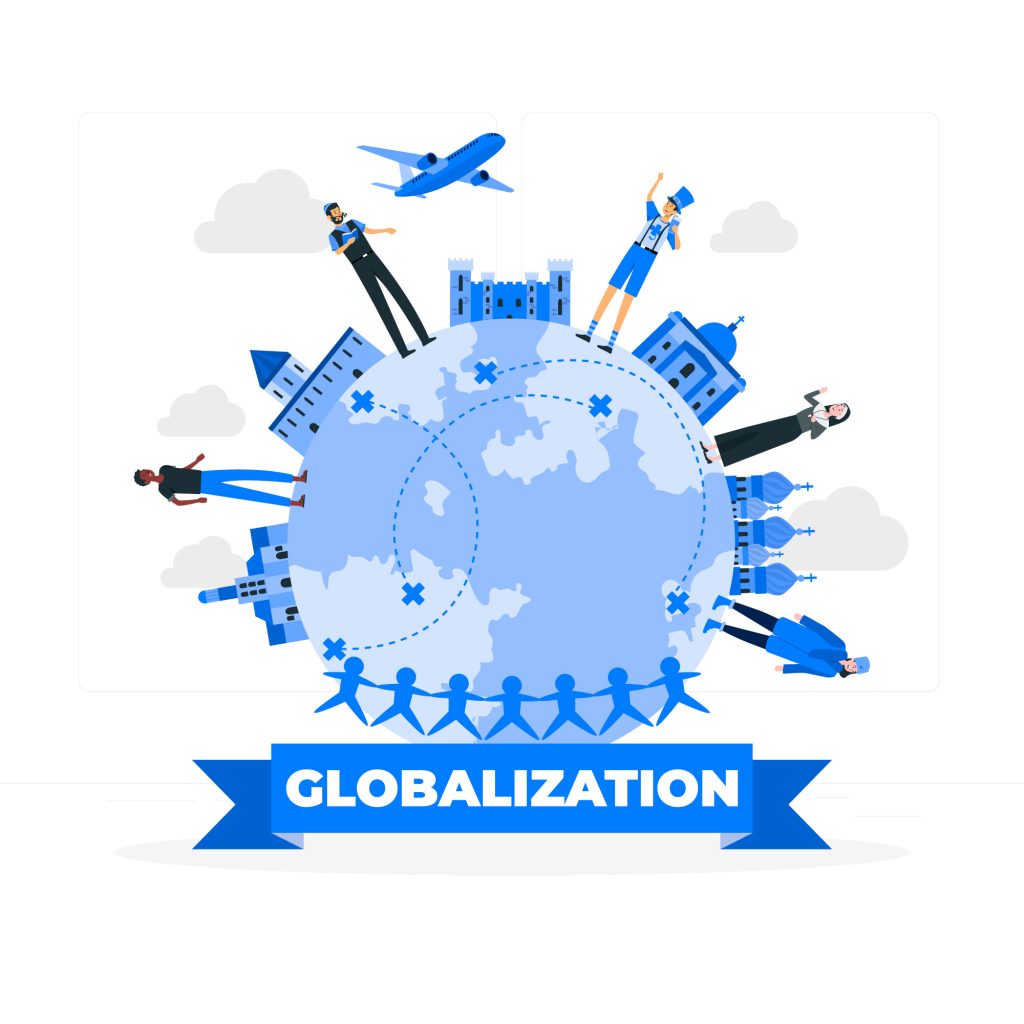

In the dynamic realm of technological advancements, innovation has been the cornerstone of economic growth and societal transformation. From the inception of the internet to the emergence of artificial intelligence, each wave of technological innovation has brought unprecedented changes, driving productivity and contributing significantly to national GDPs. This article explores the chronological order of key technological innovations and their developmental impact, supported by statistical estimations of the economic value they have generated.
The internet revolution in the 1990s marked the beginning of the digital age, connecting the world in ways previously unimaginable. The World Wide Web, developed by Tim Berners-Lee in 1989, became widely accessible in the early 1990s, leading to the rapid proliferation of internet usage globally.
By the early 2000s, the Internet had become a critical driver of economic growth. According to McKinsey, the Internet contributed approximately $1.67 trillion to the global economy by 2010. In the United States alone, the internet economy was responsible for over 6% of the GDP, translating to around $1 trillion.
The advent of mobile technology in the early 2000s revolutionized communication and information access. The launch of smartphones, particularly the iPhone in 2007, paved the way for a mobile-first world, enabling users to access the internet, apps, and services on-the-go.
The mobile economy has had a profound impact on global GDP. GSMA reports that mobile technologies and services generated $4.1 trillion of economic value in 2019, accounting for 4.7% of global GDP. In the United States, the mobile industry contributed approximately $475 billion to the GDP in the same year.
Cloud computing emerged as a transformative technology in the 2010s, offering scalable and flexible IT resources over the internet. Companies like Amazon (AWS), Microsoft (Azure), and Google (Google Cloud) led the charge, enabling businesses to reduce IT costs and enhance operational efficiency.
The economic impact of cloud computing has been substantial. According to IDC, public cloud services were expected to contribute $1 trillion to the global economy by 2021. In the United States, cloud computing contributed approximately $214 billion to the GDP in 2020.
Artificial intelligence (AI) has rapidly evolved since the 2010s, transforming industries with its ability to analyze vast amounts of data and automate complex tasks. AI technologies, including machine learning, natural language processing, and computer vision, have found applications in healthcare, finance, manufacturing, and more.
AI’s economic potential is immense. PwC estimates that AI could contribute up to $15.7 trillion to the global economy by 2030. In the United States, AI is projected to add $3.7 trillion to the GDP by 2030, accounting for a significant portion of economic growth.
The Internet of Things (IoT) connects physical devices to the digital world, enabling real-time data collection and analysis. From smart homes to industrial IoT, this technology has enhanced efficiency and decision-making across various sectors.
The economic impact of IoT is growing rapidly. McKinsey estimates that IoT could generate up to $11.1 trillion per year in economic value by 2025. In the United States, IoT is expected to contribute approximately $2.7 trillion to the GDP by 2025.
Blockchain technology, popularized by the rise of cryptocurrencies like Bitcoin, offers a decentralized and secure method for recording transactions. Beyond finance, blockchain has applications in supply chain management, healthcare, and beyond.
The economic impact of blockchain is significant and growing. A report by PwC predicts that blockchain technology could boost global GDP by $1.76 trillion by 2030. In the United States, blockchain is expected to contribute $407 billion to the GDP by 2030.
Renewable energy technologies, including solar, wind, and hydroelectric power, have advanced significantly since the 2000s. These technologies are crucial for addressing climate change and reducing reliance on fossil fuels.
The renewable energy sector has become a major economic driver. According to the International Renewable Energy Agency (IRENA), the renewable energy industry could contribute up to $2.5 trillion to the global economy by 2030. In the United States, the renewable energy sector added approximately $243 billion to the GDP in 2020.
The chronological evolution of technological innovations has profoundly shaped the global economy, driving productivity, efficiency, and growth. From the internet revolution of the 1990s to the rise of AI and IoT in the present day, each wave of innovation has contributed significantly to national GDPs. The economic value generated by these technologies underscores their transformative impact, highlighting the importance of continued investment and adoption. As we look to the future, the potential for further technological advancements remains vast, promising even greater contributions to economic development and societal progress.



